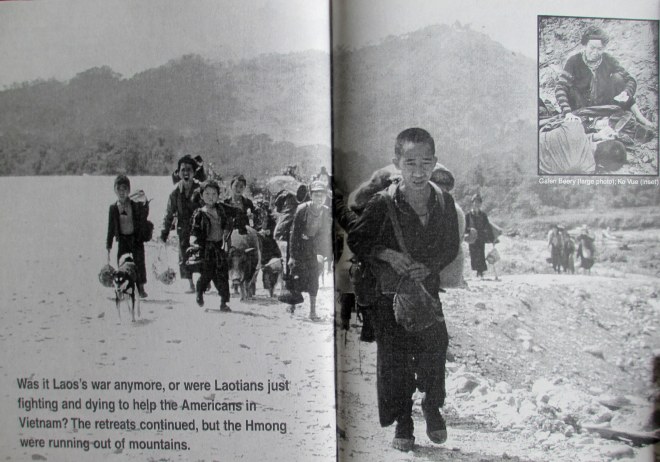T. Alexander Aleinikoff, UN Deputy High Commissioner for Refugees, wrote the following on June 20th (World Refugee Day):
The protection of refugees and other persons forced from their homes is not an act of charity; it is not an act of noblesse oblige; and it is more than a moral obligation that the fortunate owe the less fortunate.
It is a matter of rights.
- Persons forced to flee have a right to seek and receive asylum.
- They have a right not be “pushed back” at sea or arbitrarily detained upon arrival.
- They have rights, under the Refugee Convention, to freedom of movement and to work within countries in which they have been recognized as refugees.
- Persons forced to flee have a right not to be discriminated against because of their race or their religion or their gender or their sexual orientation.
- Women forced from their homes have a right not to be forced into survival sex.
- Children forced to flee because of conflict have a right not to be forced to serve as child soldiers.
As persons forced from their homes have rights, so too the international community has responsibilities.
- Nations must share the burden imposed on countries that have opened their borders to those forced to flee.
- They are responsible for the humane treatment of asylum-seekers, and the development of fair and efficient asylum systems.
- And the international community has a responsibility to provide solutions to refugees, internally displaced and stateless persons—who sometimes remain in uncertain legal status for decades.
These rights and responsibilities belong to all of us; they are affirmed collectively to provide for our protection and to remind us of our duties.

